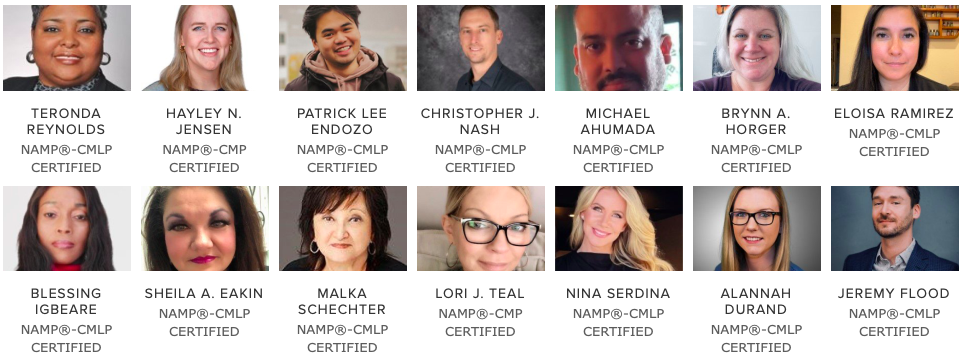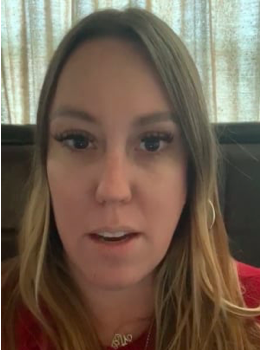USDA: Understanding the New 7 CFR Part 3555 Guidelines
Written By: Frankie Lacy
USDA’s new 7 CFR Part 3555 program became effective December 1, 2014. As a result, all lenders have begun to “re-learn” USDA loan origination and processing. There is a new guideline hand book, along with fillable pdf documents posted on the USDA LINC website: https://usdalinc.sc.egov.usda.gov/USDALincTrainingResourceLib.do
https://usdalinc.sc.egov.usda.gov/USDALincTrainingResourceLib.do
Opinion-Editorial (Op-Ed) Disclaimer For NAMP® Library Articles: The views and opinions expressed in the NAMP® Library articles are those of the authors and do not necessarily reflect any official NAMP® policy or position. Examples of analysis performed within this article are only examples. They should not be utilized in real-world application as they are based only on very limited and dated open source information. Assumptions made within the analysis are not reflective of the position of NAMP®. Nothing contained in this article should be considered legal advice.























Written By: Bonnie Wildt
I have said it before and I will say it again and that is, do not believe everything you hear or read for that matter. In this particular instance I am referring to AUS Findings. I have had countless conversations with processors and loan officer who want to know why I am asking for documentation that the AUS findings have clearly stated wasn’t needed or worse, they can’t believe I am turning a loan down that has an Approve/Eligible. So here it is again and pay particular attention to the details because just because you have an Approve/Eligible or Accept doesn’t necessarily mean you have a done deal.